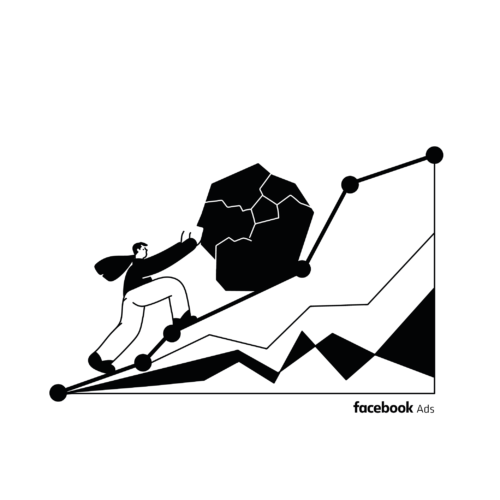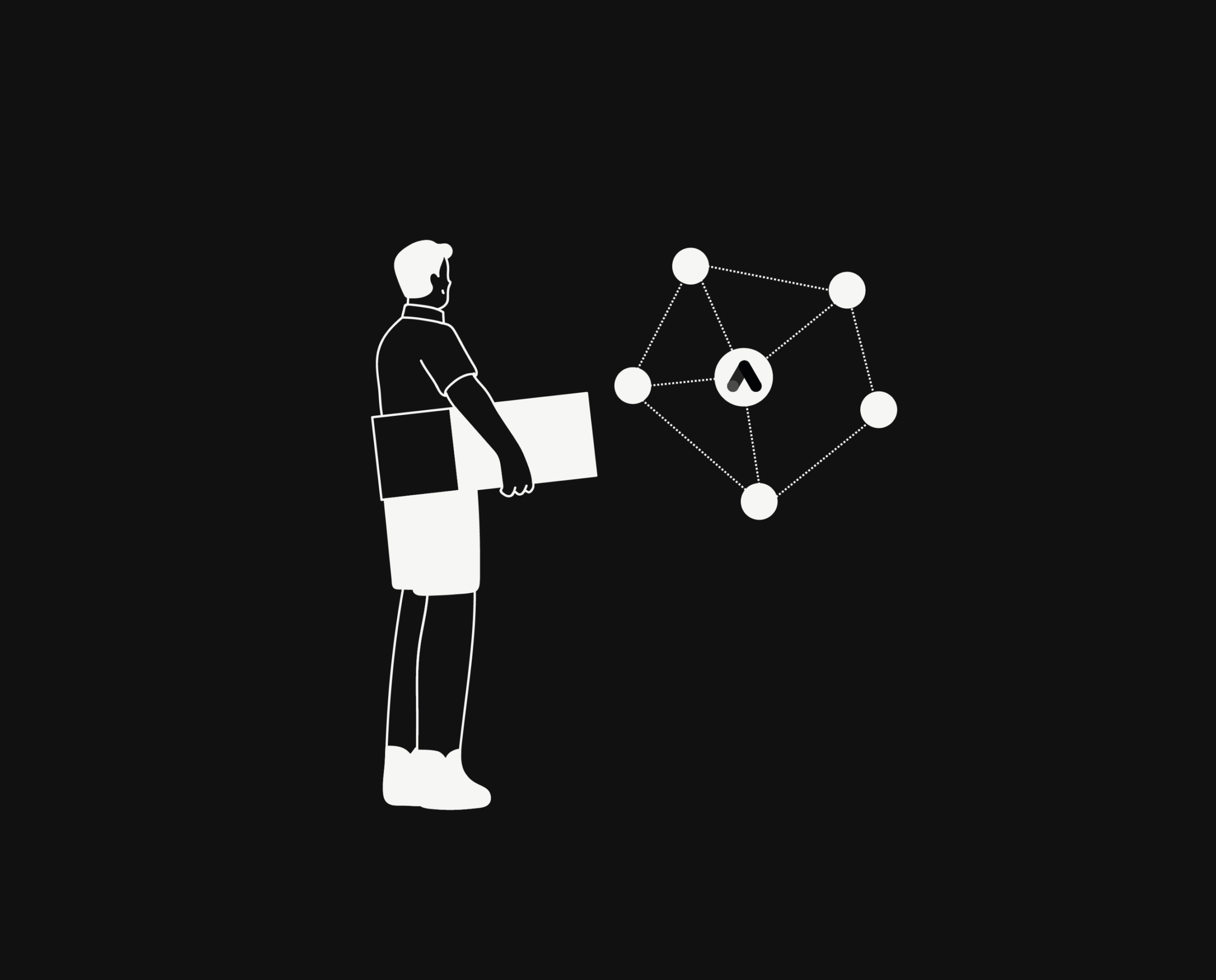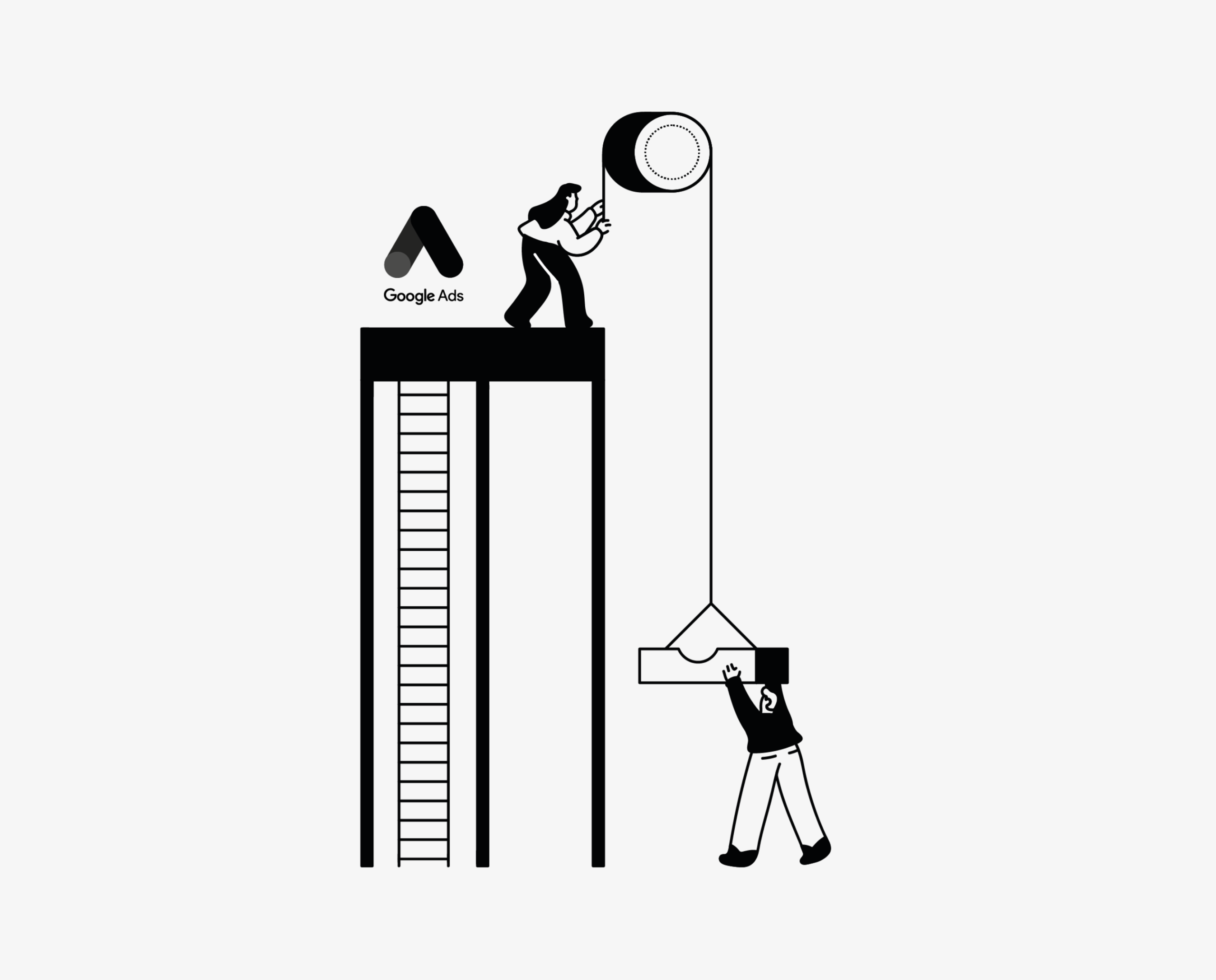Facebook Ads: What is the learning phase and how do you get out of it?
If you are running an advertising campaign on Meta, you know that every adjustment matters, particularly in the early stages. The learning phase is where you get to experiment, and every interaction shapes the direction of your future success.
After launching a Facebook Ad campaign, there is an initial period called the learning phase. During this phase, the algorithm performs a series of searches to determine the best parameters for delivering your ads. This includes figuring out who is the target audience when to deliver the ads, where to deliver them, and how to deliver them effectively.
When an advertisement is displayed, the system collects data about the audience and determines the most appropriate locations to display your ad online. As more ads are displayed, the system becomes more efficient and adjusts its operations to optimize ad delivery based on the information gathered.
How does it work?
The learning phase is crucial in an advertising campaign as it allows the algorithms to absorb and understand your audience’s behavioural patterns. It’s a phase during which the ad network’s system gathers data based on machine learning. This learning is then used to optimize your ad delivery and results.
This phase gives the delivery system the opportunity to learn more about the performance of ad sets (which audience interacts the most, what the interactions are, which target converts, etc.). Thus, when you publish your ad, its results and performance are not yet stabilized.
During the learning phase, the platform gathers information about your ads. It then tries to find the best way to deliver them, which can destabilize ad performance and increase CPA (cost per action). This learning phase is initiated when you create or significantly modify your advertisements.
However, this phase can seem worrisome for a media specialist. Usually, the first results look unstable since the algorithm makes various tests to find the best approach. It is common to see higher-than-usual costs per share. Although this is a temporary phase, it is crucial to overcome it quickly in order to return to peak performance.
How to exit quickly from the learning phase?
For the learning phase to end, the advertising system needs to gather sufficient data to optimize the delivery of your ads.
Meta is “generally” based on 50 events over 7 days, depending on the initial target.
-
Number of events required
Number of events required
The required time for your marketing campaign to reach optimal performances depends on the objectives you choose and the budget you set. If you choose a sales objective for your ad campaign, the algorithm will require approximately 50 sales to achieve optimal results. On the other hand, if you select a traffic objective, you will need to attain 50 clicks or interactions before concluding your campaign.
-
Re-entering the learning phase
Re-entering the learning phase
Keep an eye close on the changes you make during and after your learning phase as some would reinitiate it.
According to Meta, we could notice the following edits:
- Targeting modification
- Ad creative modification
- Modification of optimization event
- Adding a new ad to your set
- Pausing your package for at least seven days
- Bidding strategy modification.
-
Limited phase
Limited phase
If your ad set does not receive enough optimization events to exit the learning phase, the Delivery column will show “Learning limited”. This can be due to a low placement budget which results in low circulation, or due to a small audience. In some cases, it may indicate that the algorithm needs more time to register enough events.
To expand your audience, you can consider a few options. First, audience consolidation is an effective approach. However, be careful about audience overlap, as this can significantly increase your costs per action.
Consider replacing the conversion event with a more frequent one to achieve your objective. For instance, instead of using the purchase objective to increase sales, you can use the “add to cart” even if it usually generates more actions. This will help you increase the number of actions significantly and speed up the learning process.
It is important to note that this option may not work for all campaigns, as it depends on the specific objectives and metrics you are tracking. Nevertheless, it may be worth considering this as a potential solution to quickly improve your conversion costs and stabilize them.
To maximize the effectiveness of your advertising strategy, you need to follow a thoughtful, well-ordered approach. We recommend waiting until the end of the learning phase before making drastic changes to your ad package. Avoid superfluous modifications that could trigger a repeat of the learning phase. Make changes only if they are well thought-out and supported by valid reasons.
Use realistic budgets to optimize available resources and maintain a sustainable advertising campaign. Creating a reliable advertising strategy based on data for optimal results.
Questions to ask yourself?
- How do you define the learning phase on Facebook Ads?
- How do you adjust your budget and bids to maximize the performance during this phase?
- What strategies do you use to exit the learning phase of your Facebook Ads quickly?
Stay on top of the latest digital marketing trends.
Subscribe to our newsletter and receive the latest news, once a month, directly in your inbox.
*By entering your email address, you agree to the Billy.Social Terms of Use and Privacy Policy.











